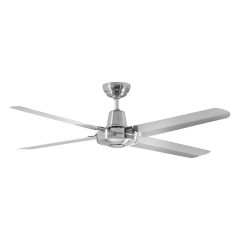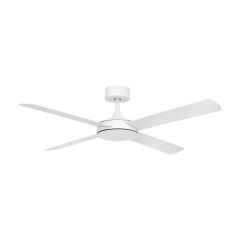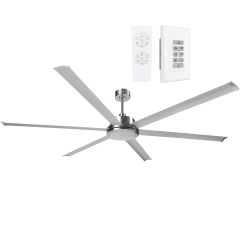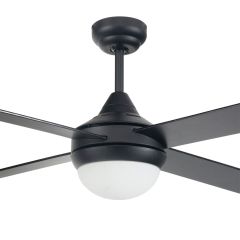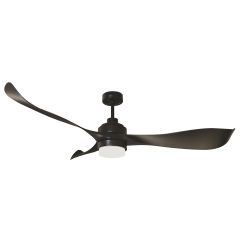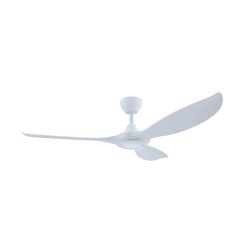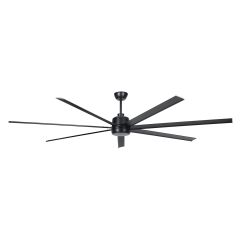Air movement fans are commonly used for various purposes, including ventilation, cooling and air circulation. There are different types of air movement fans available, each with it's own specific design and functionality.
Here are a few common types:
Ceiling Fan: A ceiling fan is an electrically powered fan that is mounted on the ceiling of a room or space. It utilizes rotating blades to circulate the air, effectively providing a cooling sensation by increasing the airflow. Unlike air conditioning equipment, ceiling fans do not lower the air temperature or relative humidity. However, they generate a cooling effect by aiding the evaporation of sweat and facilitating heat exchange through convection.
Exhaust Fan: Exhaust fans effectively remove unwanted air and moisture from localized areas, creating space for fresh air to enter from alternate sources like doorways or vents. The extracted air is then directed through a ducting system and expelled outside. Due to the high levels of steam and humidity commonly found in bathrooms, kitchens, and laundries, these fans are predominantly installed in these specific areas.
Pedestal Fan: Pedestal fans are electrically powered oscillating fans that feature one or more blades positioned atop a tall stand. The stands are often adjustable and can be conveniently disassembled into two pieces for storage. These fans come in a range of heights, speeds, and blade lengths, all designed to stand independently. Unlike smaller fan options, they do not require additional support from tables, desks, or shelves.
Wall Fan: A wall-mounted fan distinguishes itself from a ceiling fan by being enclosed within a protective cage, ensuring the blades are shielded from onlookers and minimizing the risk of accidents. Positioned at approximately eye level, these wall fans pivot to circulate air across the room, effectively reaching all corners. On occasion, wall fans can be detached from their mounts and conveniently placed on the floor or a table for effortless adjustment. To regulate the fan's speed and oscillation range, the controls are located either on the side or the top of the unit.
Roof Ventilation: A roof ventilation system plays a crucial role in maintaining a well-balanced and comfortable environment within a home. By establishing a consistent and continuous airflow throughout the roof space, this system actively aids in the removal of excessive heat and moisture that tends to accumulate in the roof area. Through its effective expulsion mechanism, it helps regulate and stabilize temperature and moisture levels, both internally and externally.











